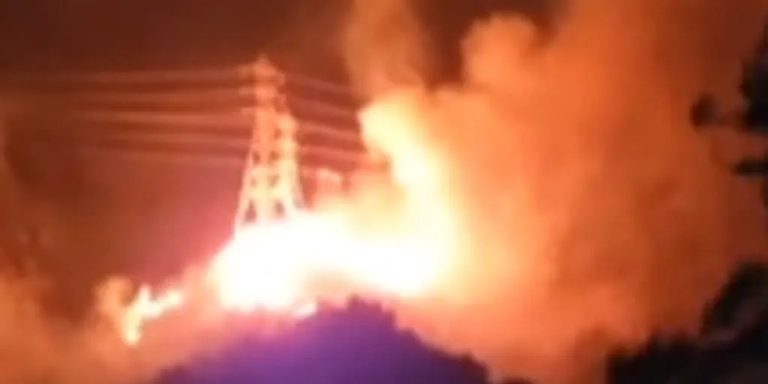From Cliff Mass Weather Blog
cliff mass
Some climate activists and media outlets claim drought or climate change is the main cause of recent wildfires around Los Angeles (see examples below)
These claims can easily be proven wrong.
Drought has little impact on Los Angeles fires.
Climate change has little impact.

Let me provide the following facts.
fuel
Plant fuels for fires are primarily light fuels such as grasses and pasture vegetation. To illustrate this point, consider the area where the Palisades Fire occurred (image below).

Most of these fuels are 1-10 hour fuels, which means they typically dry out after 1-10 hours in dry conditions.
Therefore, even if the early period is rainier than usual, Then a half day of dry conditions will get them ready to burn. Meteorological conditions before the fire were so dry (high winds, low humidity) that fires could still occur even if it had rained the week before.

Consider a plot of ten-hour fuel moisture near Topanga Canyon over the past year (below). Keep in mind that fires can spread quickly when humidity is below 15%.
Interestingly, even during each wet period (such as the first half of 2024), fuel moisture content returns to burning levels between showers.

But grass and shrubs aren't the only things that burn. Once a wildfire spreads to a home or burning embers reach it, The houses provide their own fuel.
One house set another house on fire.
This is very similar to what has happened with other major urban wildfires, such as the Camp Fire (Paradise, Calif.), the Lahaina Fire (Maui), and the Marshal Fire (Superior, Colo.). The flammability of a home has little to do with weather conditions. But poorly built homes (e.g., flammable roofs, no barriers to prevent embers from entering the home space) are major problems.
Southern California precipitation shows no trend of decreasing
Some media outlets and others have suggested that drought conditions related to climate change are one cause of the Los Angeles wildfires. First, as mentioned above, the light fuels that cause fires do not require a dry period to be sufficiently dry to burn.
But even if droughts are important, there's no evidence that climate change may play a role. How can I be so sure? Because there is no long-term decreasing trend in precipitation in this region.
Consider the trends in precipitation in Los Angeles from October 1 to January 6 of this year from 1950 to this year (see below). The trend line is upward (brown line). It rains more, not less. Yes, last fall was dry, but that's not the climate, it's a normal weather change.

Don't believe it? Below are annual precipitation amounts for the region since the late 1940s.
No downward trend. The past few years have been wetter than normal, which will help plants grow more abundantly, increasing the potential for fires.

The Los Angeles fires are linked to strong, dry Santa Ana winds. Under global warming, this wind is expected to weaken, not strengthen.
The Los Angeles wildfires are associated with very strong (up to 100 mph) and dry Santa Ana winds, which typically come from the Northeast.
There is a large body of peer-reviewed scientific literature showing that global warming will Reduce the strength, intensity and frequency of Santa Ana winds.


It makes perfect sense that global warming would weaken Santa Ana winds.
This wind is driven by the pressure difference between high pressure inland and low pressure to the south and west. This high pressure is associated with low-level cold air (cold air is denser and heavier than warm air), which is warmed by global warming and thus reduces the pressure difference that drives the Santa Ana winds.
__________________________________________________
There is very strong film and photographic evidence that the Eaton Fire in Los Angeles, which caused the largest number of fatalities, was caused by a faulty power line. Apparently, even with Santa Ana winds in the forecast, power was not lost on this transmission line.

Relevant
Learn more from Watts Up With That?
Subscribe to have the latest posts delivered to your email.
